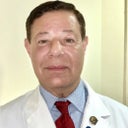This response was dictated. I apologize in advance for any potential grammatical errors.

